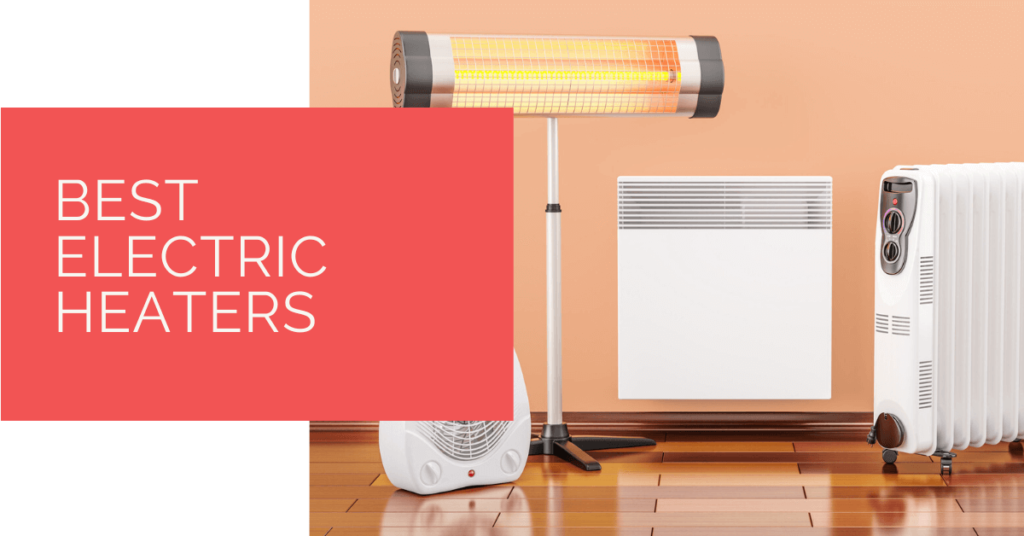Energy-Efficient Electric Heater – In the sense that all incoming electric energy is transformed into heat, electric resistance heating is 100 percent energy efficient. However, the majority of electricity is generated by coal, gas, or oil generators, which convert only around 30% of the energy in the fuel into electricity. Electric heat is frequently more expensive than heat produced in houses or businesses that use combustion equipment, such as natural gas, propane, or oil furnaces, due to electricity generation and transmission losses.
Types of Electric Resistance Heaters
Electric resistance heat can come from centralized forced-air electric furnaces or individual room heaters. Electric baseboard heaters, electric wall heaters, electric radiant heat, and electric space heaters are all examples of room heaters. Electric thermal storage systems can also be used to avoid heating during high power demand periods.
Electric Furnaces
Due to duct heat losses and the additional energy necessary to circulate heated air throughout your home, electric furnaces are more expensive to operate than other electric resistance systems (which is normal for any heating system that utilizes ducts for distribution). Supply ducts distribute the heated air throughout the house, while return ducts return heated air to the furnace. If these ducts travel through unheated areas, part of the heat is lost due to air leakage, heat radiation, and convection from the duct’s surface.
Blowers (huge fans) in electric furnaces move air across a collection of three to seven electric resistance coils known as elements, each rated at five kilowatts. To avoid overwhelming the home’s electrical system, the furnace’s heating elements turn on in phases. Overheating is prevented with a built-in thermostat known as a limit controller. If the blower malfunctions or a filthy filter blocks airflow, this limit controller may turn the furnace off.
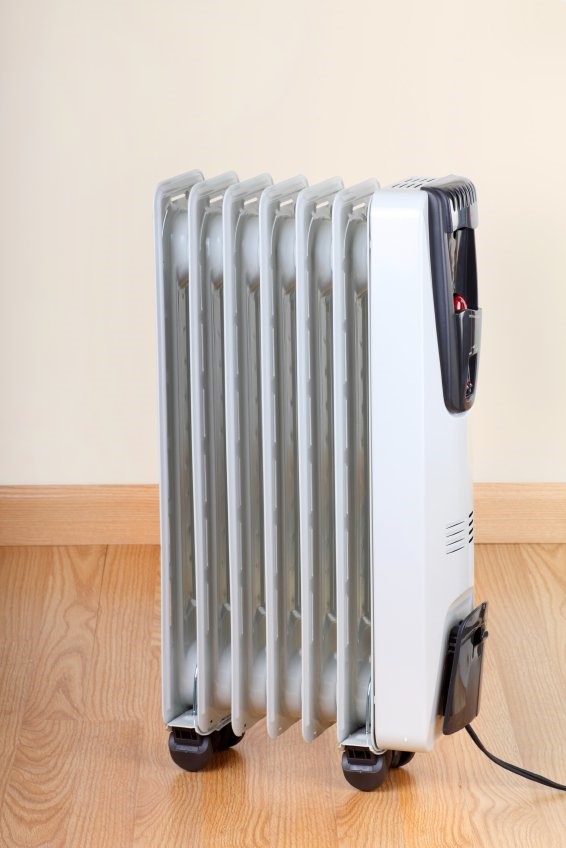
Electric Baseboard Heaters
Electric baseboard heaters are zoned heaters that are regulated by thermostats in each room. Electric heating components are housed in metal tubing in baseboard heaters. The pipes span the length of the baseboard heater’s housing or cabinet and are encircled by aluminum fins to promote heat transfer. As the air inside the heater warms, it rises into the room, while cooler air is sucked into the heater’s bottom. The pipe, fins, and housing all radiate a small amount of heat.
Underneath windows, baseboard heaters are typically installed. The rising warm air from the heater counteracts the falling chilly air from the cold window glass. Because normal heating practice is to supply heat at the home’s exterior, where the greatest heat loss occurs, baseboard heaters are rarely found on inside walls.
Baseboard heaters should be installed at least three-quarters of an inch (1.9 centimeters) above the carpet or floor. This allows the cooler floor air to flow beneath and through the radiator fins, allowing the air to be heated. The heater should also be firmly attached to the wall to avoid warm air from convecting behind it and staining the wall with dust.
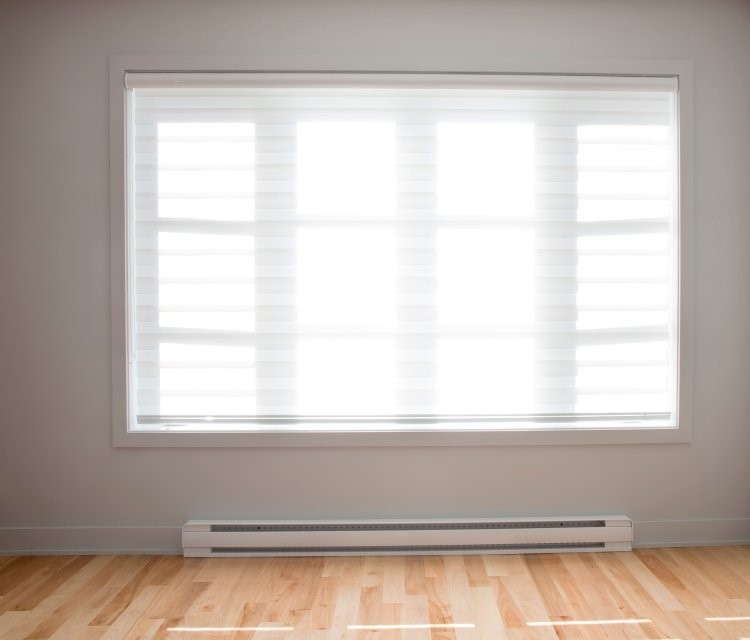
Electric Wall Heaters
Electric wall heaters have an electric element with a heat reflector behind them and, in most cases, a fan to move air through the warmer. They are frequently installed on interior walls because they are harder to insulate when installed on an exterior wall.
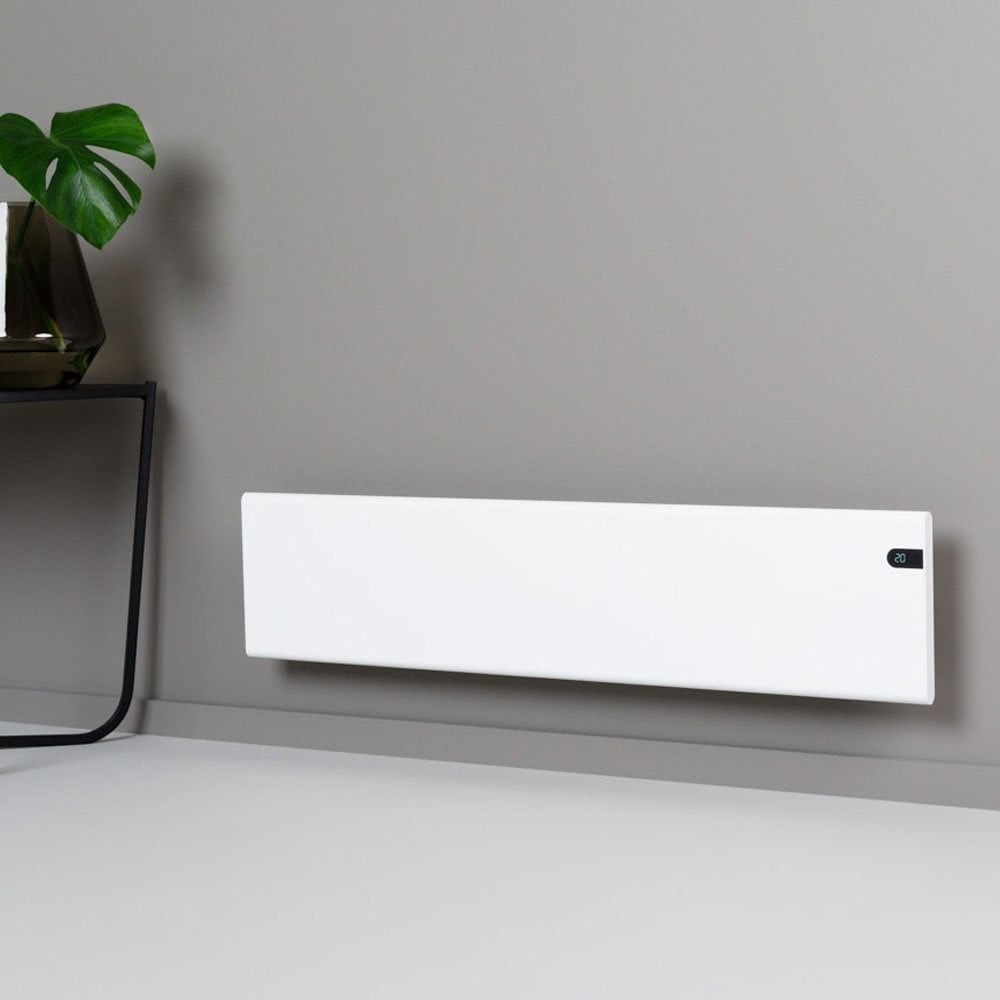
Infrared Heaters
Far infrared heaters, a relatively new entrance into the consumer market, heat the room in the same way that the sun warms your face (without the UV rays, so no danger of skin cancer). Infrared heaters, unlike other heaters, heat objects rather than the air in a room.
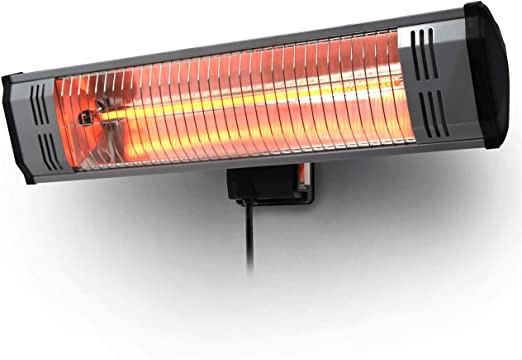
Features of Electric Heaters
Timer
A timer enables you to set the heater to run at specific times or for specific lengths of time – great for warming up the room before you wake up in the morning or turning it off at night to save electricity while you sleep under the doona.
Utilizing a smart plug or timed switch on the power outlet is preferable to using a built-in timer feature on the heater. These may not be able to handle the high current draw of your heater, posing a fire hazard.
Frost Watch
Frost watch heaters promise to maintain a temperature of roughly five degrees if the thermostat is left on the lowest setting, preventing frost/freezing on the heater, which could harm it. They are useful in colder locations where the temperature may drop below zero.
Thermostat
The thermostat on your heater is basically a heat activated switch that allows you to control the temperature in the room by turning it on below a certain minimum temperature and then shutting it off once the set maximum threshold is achieved. A good thermostat will keep the temperature constant. Your heater would run continuously if you didn’t have a thermostat, making your room uncomfortably hot and consuming a lot of electricity.
Importantly, turning your heater’s thermostat up really high won’t make a cold room warm up any faster – your heater will still heat at the same rate; you’ll just overheat your room if you overlook turning it down when your preferred temperature is reached. Leave it on your preferred setting, and your room will warm up just as swiftly, but once your target temperature is attained, your heater will turn off.
Thermal Cut-Out
A thermal cut-out is an important safety feature that turns the heater off if it overheats – for example, if something is covering your heater – lowering the risk of fire. In this test, we evaluate the effectiveness of thermal cut-outs. Regardless of whether a thermal cut-out is present, it would be best if you never dried towels or other things by draping them over a heater; instead, use an adequate drying rack.
Some heaters employ a fuse instead of (or in addition to) a switch; this will accomplish the job, but once the fuse has been activated, it must be replaced by a service expert before the heater will operate again. This service could cost more than the heater’s initial purchase price. A thermal fuse isn’t as convenient as a thermal switch, and it’s nearly impossible for a consumer to tell if a heater has this type of thermal cut-out device.
Tilt Switch
Another crucial safety element is a tilt switch, which prevents fire by turning the heater off if it tilts beyond a specific angle or falls over. Some heaters don’t mention whether or not they have a tilt switch, but they nevertheless turn off when pushed over in our tests.
Warranty
Most heaters have a one- or two-year warranty, while some have longer warranties or even “lifetime” coverage. Due to the seasonal nature of heaters, you may only have used your heater for a few months out of 12 months.
On-Board Cord Storage
Unless you live somewhere really cold, your heater will only be used for a small portion of the year, probably only a few months. That means it’ll be packed away for the rest of the time. On-board cord storage makes this much more comfortable – especially with large, heavy oil column heaters, where a floppy cord might get in the way while trying to stow it away for the summer.
Cord Length
Chord length is critical for heaters from both a usability and safety standpoint — you want a cord that’s long enough to enable you to set your heater where it’ll be most effective, but not so long that it becomes a trip hazard – an additional concern for heaters if you fall on it or knock it over. Heater cable lengths have ranged from less than a meter to 2.7 meters, with an average of 1.7 meters. Larger heaters, on the whole, have longer cords slightly.
Important: Never use an extension cable or power board with an electric heater. Heaters consume a lot of currents, which can cause extension cords of smaller gauges to heat up and catch fire; alternatively, plug them directly into a wall outlet. If you have no option but to use an extension cord, be sure it’s a heavy-duty one rated for the electricity your heater consumes.
The efficiency of Electric Heaters
Electric heaters are deemed 100 percent efficient because they convert all of the electricity they consume into heat, but this does not imply that they are inexpensive to operate. The power rating of the heater, expressed in kilowatts, is used to calculate the running cost (kW). The higher the power rating, the more heat is produced, but the cost increases accordingly.
The table below depicts the usual operating costs of several electric room heaters. The prices listed are for heaters that are set to the highest level and produce heat for the entire hour. Heaters with a thermostat, on the other hand, will automatically turn off when the desired room temperature is reached, resulting in a lower cost over time.
Electric room heaters are all costly to operate and are not suitable as a primary source of heat. Choose a heater based on how you plan to heat the room; otherwise, you may incur a large operating expense without seeing an increase in comfort. Because halogen heaters have a low power rating (but create less heat), they are frequently the cheapest radiant heaters, while oil-filled radiators are often the cheapest convector heaters because they feature a thermostat to adjust the temperature.
In general, if you must use an electric room heater, do so only when absolutely required and keep the following in mind:
- If it has a timer, use it; if it doesn’t, buy a time switch for the plug at a hardware store.
- A thermostat will save operating expenses, but how much depends on a variety of factors, including insulation levels, room size, and making sure the thermostat is not set too high.
- If you’re on Economy 7, try to avoid using heaters for long periods of time during peak hours. Night storage heaters that are charged at night are preferable.
FAQs about Electric Heaters
Which is the Cheapest Heater?
This depends on your budget – are you looking for a one-time purchase or a long-term investment? There are trade-offs with any option, as is customary.
Running cost
Oil column heaters will be the most cost-effective to run on average, but only by a small margin above convection warmers such as panel and micathermic panels. For that low running cost, there are certain comfort trade-offs, the most notable of which is that they are slow to heat and poor at heating a full room if they don’t have a fan. If you own a reversible ceiling fan, it will assist in distributing heat more evenly across the room.
Purchase cost
Small fan heaters are less expensive to buy on average, but they can have greater operating costs.
What’s The Most Energy Efficient Electric Heater?
In the sense that almost all of the electricity in your electric heater is converted to heat, it is nearly 100 percent efficient (some are also utilized by built-in fans and electronic controls). However, this does not guarantee that one 2000W heater will produce the same amount of heat as another; for instance, one may have a poor-quality thermostat that prevents the heater from operating at maximum power when it should. “Effective” is not always synonymous with “efficient.”
You may increase an electric heater’s efficiency by ensuring that its heat isn’t wasted; the easiest way to achieve this is to insulate your home and eliminate draughts.
What’s the Most Cost-Efficient Electric Heater?
Unfortunate news for those of us looking for an electric heater: none of them are cost-effective when compared to alternative heating options. They are, on average, the least cost-effective source of heating. Reverse cycle air conditioners are the most cost-effective, followed by gas heaters and wood heaters.
Are Electric Heaters Low in Greenhouse Gas Emissions?
Again, not good news in terms of greenhouse gas emissions: due to the mix of energy fuels, electric heaters are the highest producers of all heating types.
Can Ceiling Fans Make Your Electric Heater More Effective?
When combined with an electric heater, the reverse feature available on many ceiling fans can be a godsend in the cold. Normally, a ceiling fan blows a chilly breeze down towards you; however, in reverse or “winter” mode, the fan draws the room’s air up, where it combines with the warm air rising from the heater and is blown over the ceiling and back down the walls, dispersing the warm air more uniformly around the room.
Buy Equipment or Ask for a Service
By using Linquip RFQ Service, you can expect to receive quotations from various suppliers across multiple industries and regions.
Click Here to Request a Quotation From Suppliers and Service Providers
Read More On Linquip
- The efficiency of Wind Turbines
- Fan Efficiency
- Space Heater Efficiency For Various Types of Heaters
- Heater Efficiency
- The 9 Best Commercial Patio Heaters in 2022 + Buying Guide
- The 10 Best Electric Space Heaters in 2022 + Buying Guide
- 7 Best Tankless Water Heater Electric of 2022: A Clear Guide
- Your Handy Guide to Water Heater Installation Cost in 2022
- Boilers, Suppliers, Indirect Fired Water Heaters
- Energy Efficient Electric Heater: A Practical Guide
- Thermocouple for Water Heater: How does it Work?

